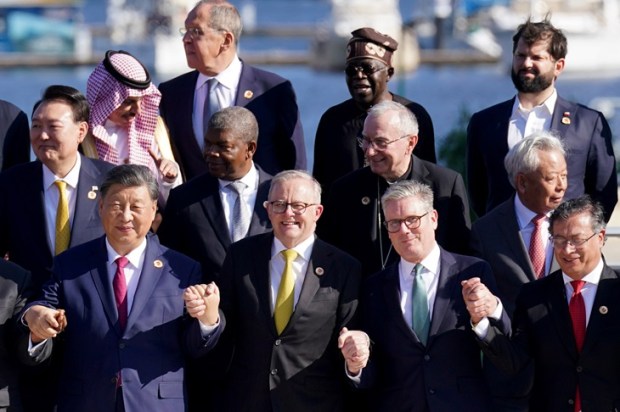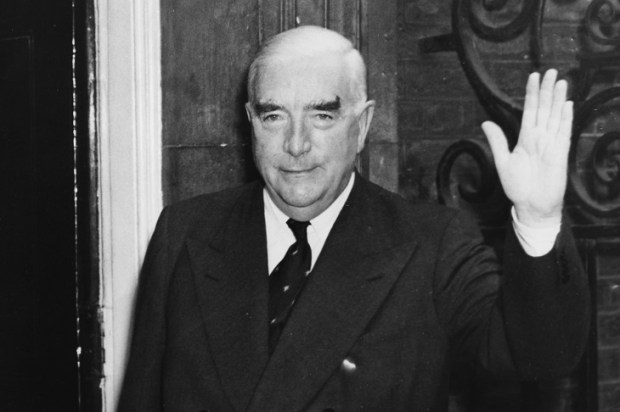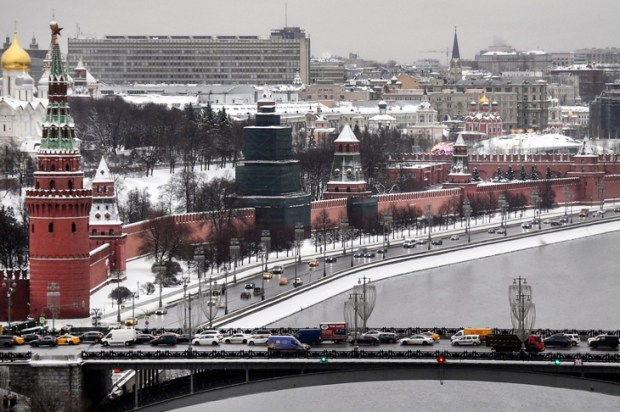There are multiple historic examples why the nation known variously as Afghanistan has been termed “the graveyard of empires”.
This was particularly so in the nineteenth and twentieth centuries as various nations attempted but failed to subvert the competing fierce tribal groups that constituted the political and, even more importantly, religious construct, which is modern Afghanistan.
In the early nineteenth century the Sher-e-Punjab, Maharajah Ranjit Singh sufficiently subdued Afghanistan to occupy Kabul until British Viceroy Lord Auckland restored the Afghan throne in 1838.
Ranjit Singh, with 20 wives and more than 50 concubines, would have been more than aware of the politics of...
Already a subscriber? Log in
Subscribe for just $2 a week
Try a month of The Spectator Australia absolutely free and without commitment. Not only that but – if you choose to continue – you’ll pay just $2 a week for your first year.
- Unlimited access to spectator.com.au and app
- The weekly edition on the Spectator Australia app
- Spectator podcasts and newsletters
- Full access to spectator.co.uk


























Comments
Don't miss out
Join the conversation with other Spectator Australia readers. Subscribe to leave a comment.
SUBSCRIBEAlready a subscriber? Log in